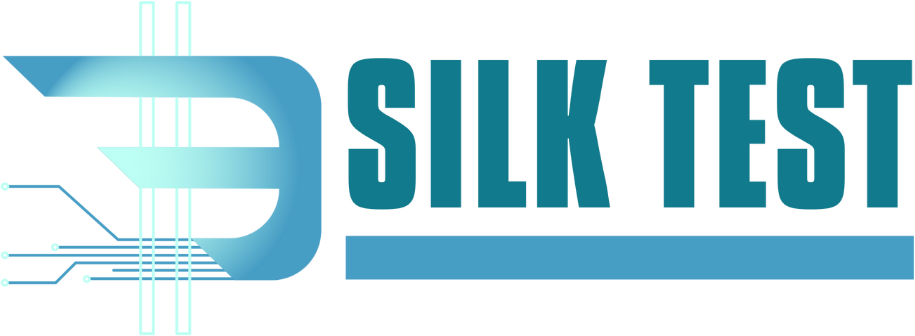Enterprises are constantly searching for ways to streamline operations and maximize productivity. One area where technology has made a significant impact is recruitment. By leveraging technology, companies can optimize their hiring processes, ensure they find the right talent faster, and drive overall productivity. In this article, we’ll explore how technology-driven recruiting solutions can enhance enterprise productivity and help organizations stay competitive.
Streamlining the Hiring Process
One of the most time-consuming aspects of recruitment is manually sorting through resumes and applications. Technology-driven recruiting solutions, such as applicant tracking systems (ATS), make it easier for companies to manage and organize incoming applications. These platforms can automatically sort candidates based on keywords, skills, or qualifications, reducing the time it takes to identify potential hires. Additionally, ATS systems offer insights into the hiring pipeline, allowing HR teams to prioritize top candidates more effectively.
Using these tools helps businesses save time and ensures that qualified applicants are not overlooked. By speeding up the recruitment process, companies can fill crucial roles faster, which is key to maintaining business continuity and driving productivity.
AI-Powered Candidate Screening
Artificial intelligence (AI) is revolutionizing the recruitment process. AI-powered tools can analyze large volumes of data quickly, helping enterprises find candidates who align with the specific requirements of the role.

Instead of relying solely on resumes, AI can assess candidates based on their experience, skill sets, and even behavioral traits. This type of predictive analysis can match candidates with positions that suit their abilities, leading to better hiring decisions.
For example, AI tools like Atlas UP can help automate the candidate sourcing and screening process, making it easier to identify top talent. With this increased efficiency, hiring managers can focus on more strategic tasks rather than spending hours screening resumes.
Enhancing Collaboration and Communication
Technology also improves collaboration during the hiring process. Cloud-based recruiting platforms allow teams to collaborate more easily, regardless of their location. Recruitment software often includes tools for sharing candidate profiles, feedback, and interview notes, ensuring all stakeholders are aligned on hiring decisions.
Furthermore, these platforms often integrate with communication tools such as email or messaging apps, allowing hiring teams to stay connected and respond quickly to any developments in the hiring process. By enhancing collaboration, enterprises can make faster, more informed decisions, ultimately boosting overall productivity.
Data-Driven Recruiting Decisions
Data analytics is another area where technology is transforming recruitment. By collecting and analyzing data from previous hires, enterprises can gain insights into which recruitment strategies work best. Companies can track metrics such as time-to-hire, cost-per-hire, and candidate satisfaction to refine their recruitment processes.

Data-driven recruiting allows businesses to make more informed decisions, improve their hiring outcomes, and reduce the cost and time spent on recruitment. This optimization leads to better workforce planning and helps enterprises allocate resources more effectively, directly impacting productivity.
Conclusion
Technology-driven recruiting solutions are reshaping the way enterprises approach hiring, offering numerous advantages that contribute to increased productivity. From streamlining the hiring process with automation to using AI-powered screening tools and data-driven insights, businesses can now recruit more efficiently and with greater accuracy. By embracing these innovations, companies can ensure they attract top talent quickly, reducing downtime and fostering a more productive work environment.






